It wasn't just a fluke. AMD's RDNA 4 range is excellent; the new RX 9060 XT is proof of that. After launching the RX 9070 XT earlier this year, AMD followed up with a midrange offering in the form of the RX 9060 XT that just went on sale. It's not quite as impressive as the first RDNA 4 graphics card we saw, but the RX 9060 XT showcases solid 1080p performance and a very attractive price compared to cards like the RTX 5060.
Still, it's not a perfect GPU. A lack of cutting-edge features available on Nvidia GPUs combined with likely price hikes makes the RX 9060 XT a tough sell if you struggle to find it in stock. Thankfully, there are some excellent alternatives you can keep in mind.
4 Nvidia GeForce RTX 5060 Ti
The direct competition
The most direct competition the RX 9060 XT has is Nvidia's RTX 5060 Ti. Both cards are targeting a premium experience at 1080p, with enough grunt to scale up to 1440p, and both cards come in 16GB and 8GB varieties. Still, Nvidia's GPU is faster, if only by a hair. The two GPUs trade blows across games, with the RTX 5060 Ti eking out a small, single-point lead overall. AMD's RX 9060 XT is a much better value, with the 16GB model undercutting Nvidia's 16GB offering by upwards of $150. But depending on how prices shake out over the next few weeks, the RTX 5060 Ti might be a better buy.
Given that the GPU market is all over the place right now, and there are two models of each card to contend with, it's hard to draw firm conclusions about which is better. A lot of that will come down to what price you can find each GPU at. For the 16GB models, the pendulum definitely swings in favor of AMD due to the abnormally high pricing of the RTX 5060 Ti. Nvidia holds an edge when looking at the 8GB models, however. Although it's hard to justify an 8GB graphics card in 2025, the small performance advantage of the RTX 5060 Ti shines through. More importantly, the card supports DLSS Multi-Frame Generation (MFG), allowing you to push games like Cyberpunk 2077 and Black Myth: Wukong with full path tracing enabled.
The RX 9060 XT may have access to AMD's impressive FSR 4, but it can't overcome the extreme performance demands of something like real-time path tracing. The RTX 5060 Ti can with help from DLSS 4 and MFG. Although the RTX 5060 Ti may be a better buy depending on where prices land, neither the RX 9060 XT nor RTX 5060 Ti are a great buy if you're looking at the 8GB models. They do a decent job now at 1080p, but as VRAM demands continue to rise in games, you can expect to upgrade in the next couple of generations.

Shader Units 4608
Ray Accelerators/Cores 36
AI Accelerators/Cores 144
Base Clock Speed 2407MHz
3 Intel Arc B580
The budget champion
Intel's Arc B580 is a certified legend. Although it doesn't scale up to meet the lowest-end cards in the current-gen lineups from AMD and Nvidia, it gets close, which is shocking considering the price. Intel's GPU has a list price of $250. It's tough to find the card at that price at retailers, but you can if you shop around — and if you're really diligent, you might even be able to pick it up for less on the secondhand market. The RX 9060 XT is faster, leading by somewhere around 15% depending on the games you look at. But the Arc B580 is surprisingly capable considering how inexpensive it is.
The Arc B580 really shines as an alternative to the 8GB model of the RX 9060 XT. Despite being a weaker, more inexpensive graphics card, the Arc B580 comes with 12GB of VRAM, which helps immensely when you scale up to a 1440p monitor. If you can't spend extra on the 16GB model of the RX 9060 XT, it's better to sacrifice a bit of performance, save a bit of money, and go with the Arc B580 instead. You're getting a slightly weaker GPU now, but it has enough VRAM to allow you to upgrade to a 1440p monitor in the future.
You lose access to FSR 4, but Intel offers its XeSS upscaling and XeFG frame generation on the Arc B580. XeSS isn't available in nearly as many games as FSR is, and even fewer if you look at the list of DLSS-supported titles. However, with tools like Optiscaler, FSR 3, and Lossless Scaling, you can pretty easily cover your bases on upscaling and frame generation with the Arc B580.

Shader Units 2560
Ray Accelerators/Cores 20
AI Accelerators/Cores 160
Base Clock Speed 2670MHz
Boost Clock Speed 2670MHz
Memory Clock Speed 2375MHz
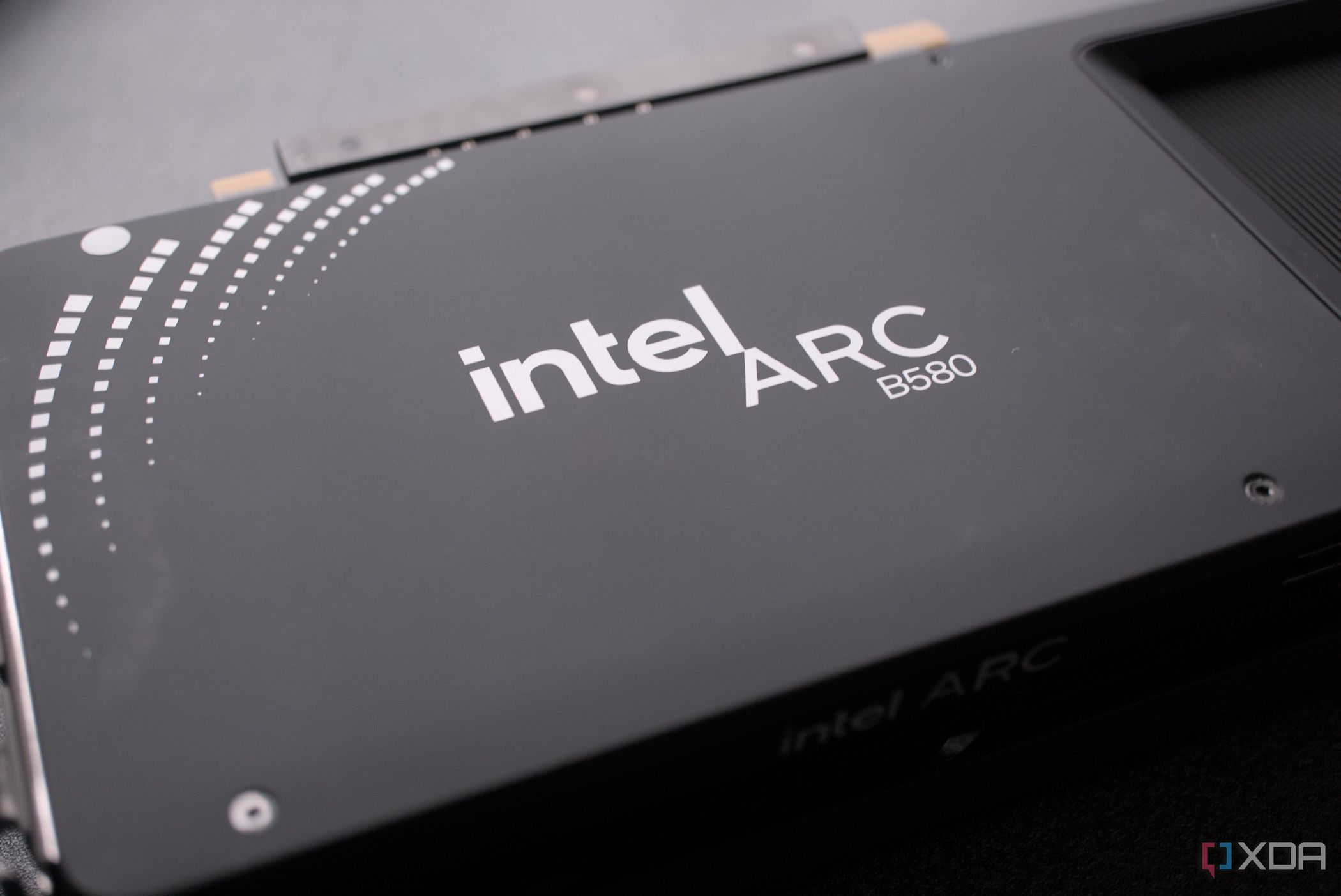
Related
Intel's Arc B580 is great for budget gamers, except for one major flaw
Budget GPUs seemingly have a champion in the Arc B580, if only it didn't tank with budget CPUs.
2 Nvidia GeForce RTX 4070 Super
A last-gen Goldilocks GPU
Intel's Arc B580 is a great option if you're on a tight budget. If you can scale up your budget, however, Nvidia's RTX 4070 Super is the GPU to buy. You'll spend between $500 and $600 on the RTX 4070 Super, so it's significantly more expensive than the RX 9060 XT. However, it's also close to 30% faster, and with 12GB of VRAM in tow, it can stand up to 1440p and even 4K. It's hard to find the RTX 4070 Super in stock at retailers, at least for a reasonable price. There are a ton of options on the secondhand market, though, and the upcharge may not be too significant if you can find a good deal.
The RTX 4070 Super continues to be an all-arounder that can accommodate just about any rig. It's too powerful if you're locked to 1080p, but it's blistering fast at 1440p. And with the help of DLSS, it can even scale up to 4K in most games with decent performance. Over the past few generations from AMD and Nvidia, it's been hard to find a true Goldilocks GPU that can handle just about anything you throw at it. The RTX 4070 Super is that GPU, and if you can stretch your budget, you'll have a graphics card that can hold up for years.
The problem is actually finding the RTX 4070 Super for a reasonable price. For a new model, you'll spend close to $700 — double the price of the RX 9060 XT. It only makes sense if you can score a deal on the secondhand market. On eBay, most models are listed for around $600, but I've found around half a dozen listings that have sold closer to $500. That's really the price you should be aiming for. If you can pick up the RTX 4070 Super for around $500, it's an absolute steal.
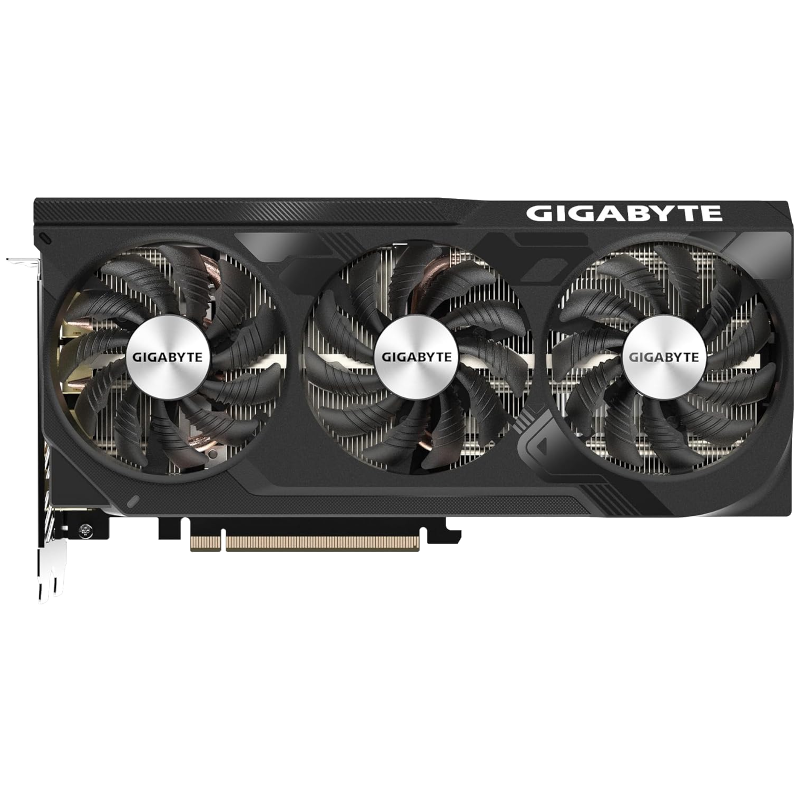
The Gigabyte GeForce RTX 4070 Super WindForce OC is one of the most value-for-money RTX 4000 graphics cards on the market. It's factory overclocked, has a decent cooler, and is built well.
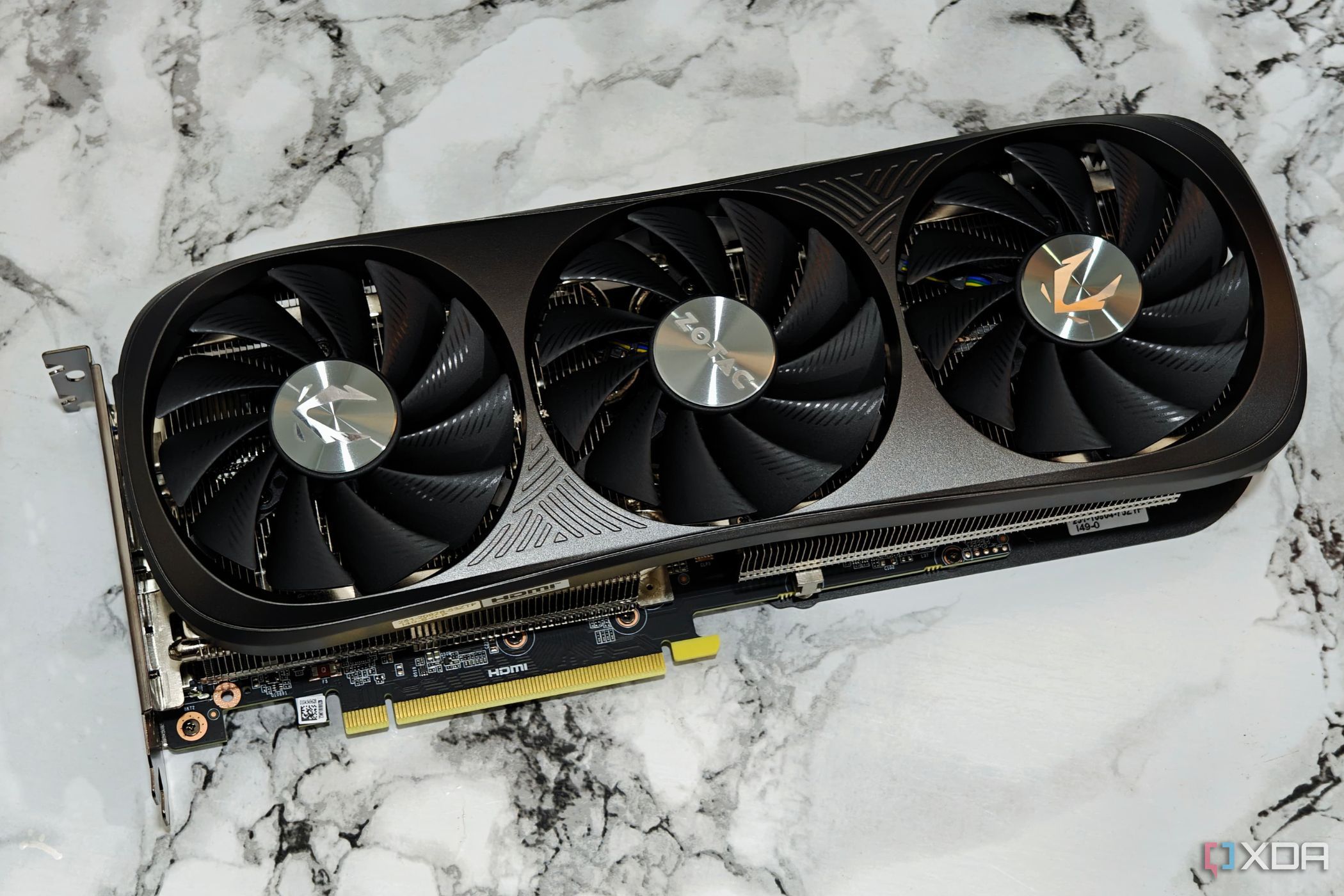
Related
Best Nvidia GeForce RTX 4070 Super GPUs in 2025
Choose the best RTX 4070 Super for your gaming PC
1 AMD Radeon RX 7700 XT
An RDNA 3 underdog
The RX 9060 XT is basically an RX 7700 XT in an RDNA 4 robe. The two GPUs perform almost identically, particularly when looking at the 16GB of the RX 9060 XT. The RX 7700 XT stands out as a solid alternative due to the fact that it splits the difference between the two models of the RX 9060 XT. It comes with 12GB of VRAM, making it an excellent option if you have enough for the 8GB RX 9060 XT but can't save a bit extra for th 16GB model. That bump in VRAM helps a lot in games like Indiana Jones and the Great Circle, and it allows you to easily scale up to 1440p without running into VRAM limitations.
The RX 7700 XT was the odd duck of the RDNA 3 range, sitting just $50 below the RX 7800 XT while offering vastly inferior performance. Today, that means it's easy to get a deal on one. You won't find a ton of models at retailers, but on the secondhand market, most RX 7700 XTs are listed for between $400 and $450. Looking at the recently sold listings on eBay, the RX 7700 XT has sold for as little as $275, which is insane. You might spend a little more on the RX 7700 XT over the RX 9060 XT, but if you're willing to be patient, you could save some money, too.
Looking at raw performance, the RX 7700 XT and RX 9060 XT are in lockstep, with some obvious favor going toward the RX 7700 XT at higher resolutions, at least compared to the 8GB RX 9060 XT. The main difference is that the RX 9060 XT has access to FSR 4. The RX 7700 XT can still use FSR 3, including both upscaling and frame generation, but FSR 4's AI-based upscaling has better quality when you push the internal render resolution down, and it's set to get even better with AMD's promised Redstone update later this year.
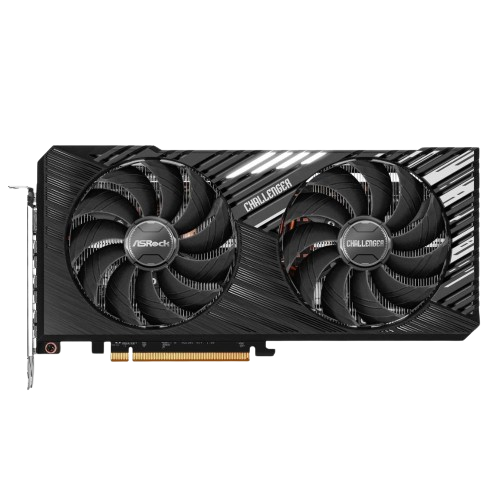
Memory 12GB GDDR6
Process 5nm
Base clock speed 2,226 MHz
Boost clock speed 2,584 MHz
The ASRock Challenger Radeon RX 7700 XT is one of the baseline models that delivers a reliable gaming experience for both 1080p and 1440p gamers. It also has a clean design with no RGB bling and also a small footprint, which allows it to easily fit inside most PC cases. It is, however, priced in a way that it upsells the RX 7800 XT models right now, and a price cut will make it that much better.
Plenty of options (for the right price)
The RX 9060 XT is sure to shake things up in the GPU market given its low pricing, but it'll be interesting to see where prices end up in the next few months. There isn't a problem finding GPUs in stock at retailers right now, at least among the batch of current-gen options. Finding them at list price is the real battle. Hopefully, the RX 9060 XT will have a downward pressure on pricintg so you can pick up one of these alternatives for less, but we'll need to wait and see how everything plays out.
.png)
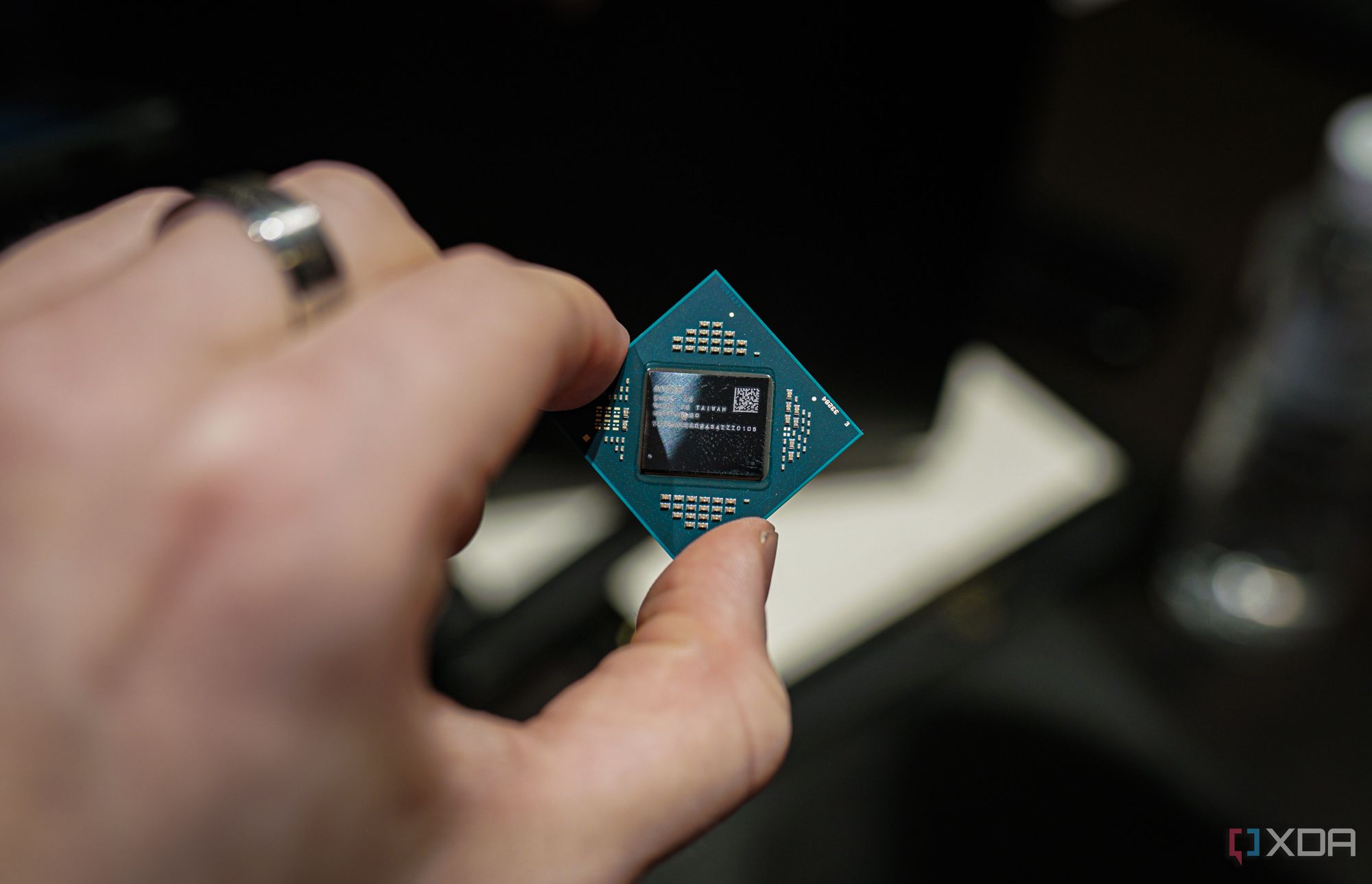
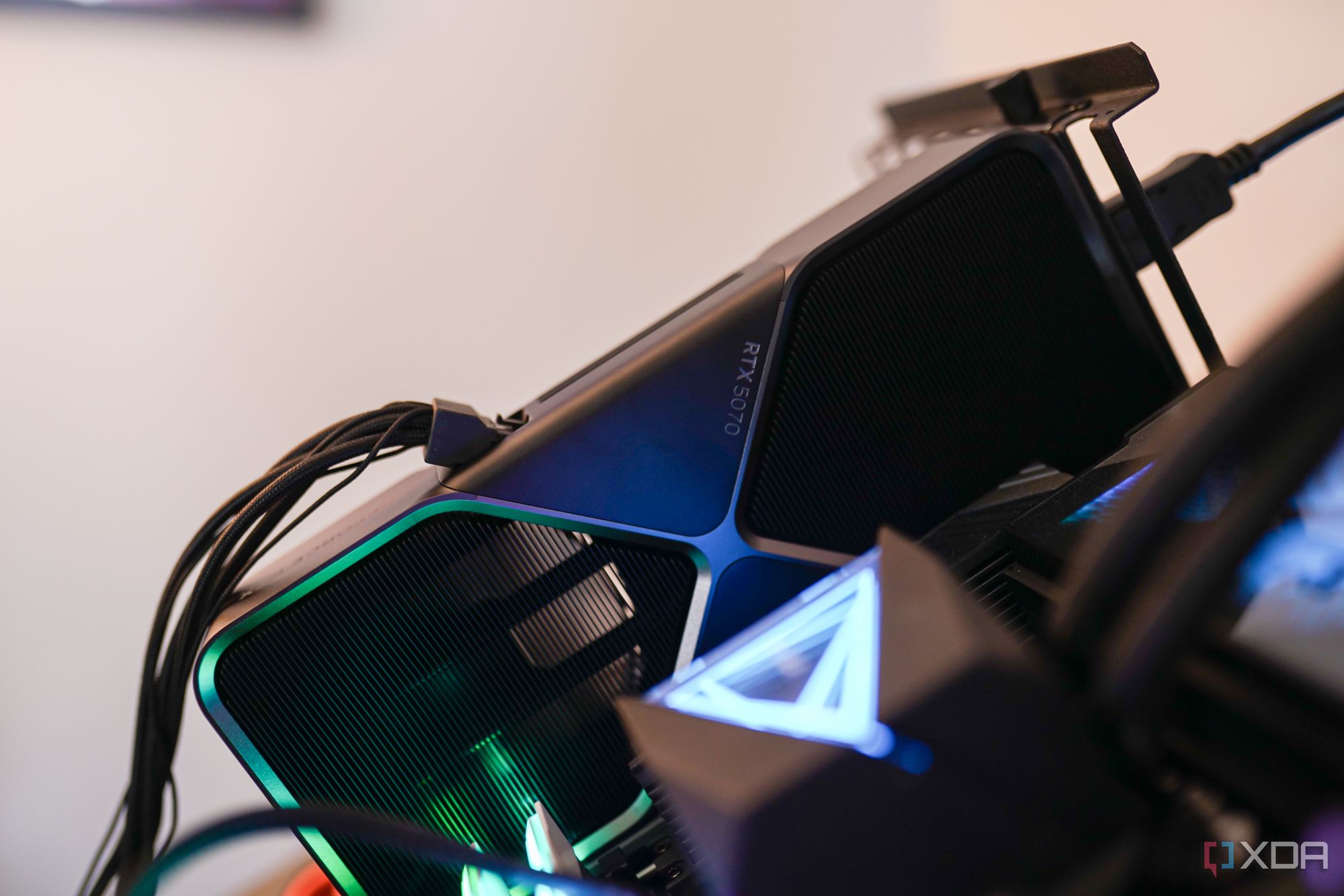


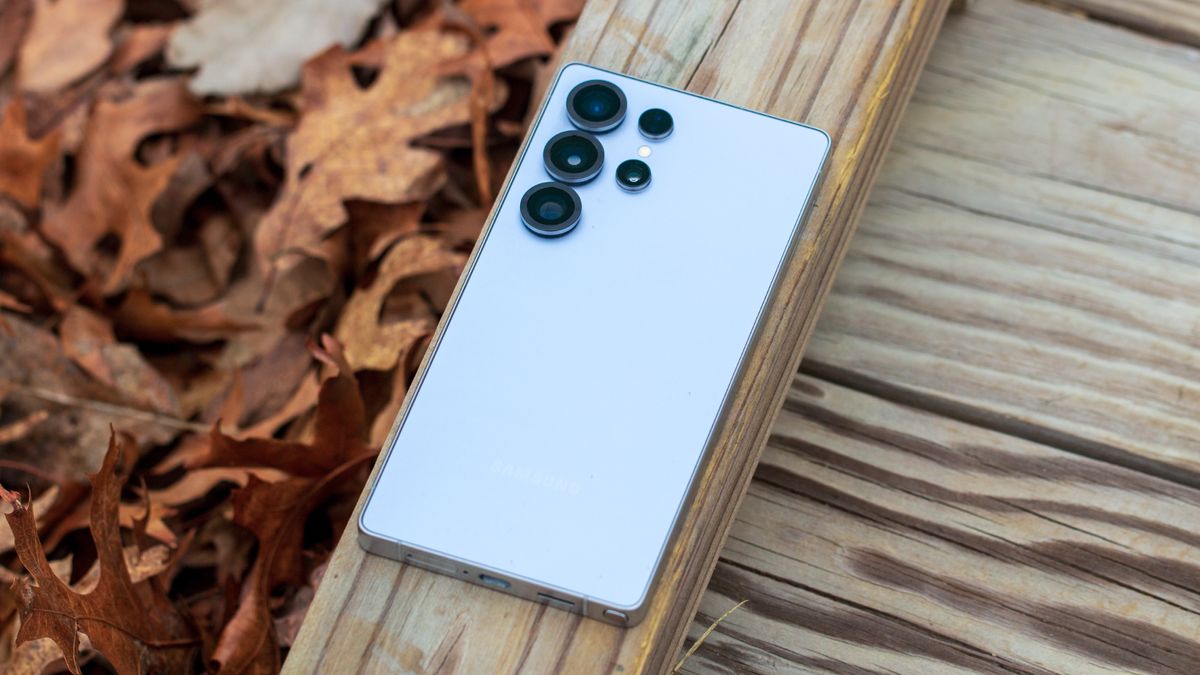








 English (US) ·
English (US) ·